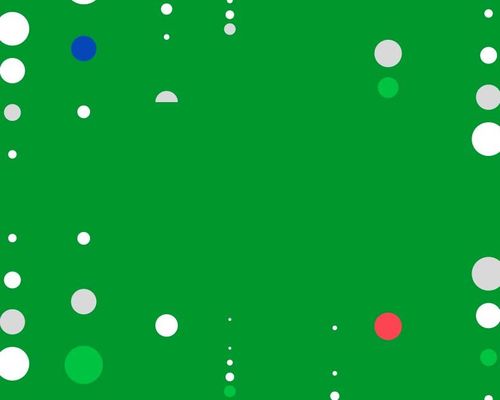Getting it together in the connected home
The AMEC project recently won the 2007 ITEA Gold Achievement Award for its outstanding contribution to home technology innovation. Participants from the Netherlands, Spain and Turkey set out to explore how an adaptive, intuitive and ambient ecology of products, content, applications and services could support domestic life in the connected home of the future.
In the future, everyday home devices, from TV and entertainment systems to domestic appliances and even light bulbs, will become fully interconnected. AMEC has convincingly demonstrated how people’s lives will be supported by an ambient ‘ecology’ of digital products, services, content and applications that are adaptive and intuitive to use. So, people can freely tailor their digital media and ‘wired’ experiences to their unique situations.
There is much talk about connecting and converging products, applications and services in the home but what sense does this make to the user? AMEC imagined a home of the future in which we will embrace a connected lifestyle. It set out to determine what products, services and applications would make sense and what underlying technologies would be necessary.
An unusual aspect of this technology project was its leadership by a design company. "We don’t believe innovation is relevant unless you understand consumer needs," explains Gavin Proctor of Philips Design in the Netherlands. "Our focus was not on technology for its own sake but on technology that makes sense to real users."
Philips Design wanted participants who were interested in the theme from different current networked domains. The consortium included consumer electronics manufacturers, mobile communications service providers and companies involved in home networks.
"We are all individuals with our different strengths and capabilities but we have a set of social rules that bind us together and enable us to get along with each other, to communicate and negotiate when we cannot achieve things individually to enable collaboration," explains Proctor. "Our approach was to create a means by which the network of products, applications and services could communicate and understand what each different individual product was capable of doing on its own, then requesting help if feasible."
The key result was a series of products, services and application concepts coupled with a fully functioning middleware/software framework. This framework is able to run on a domestic server in a future household that enables communications between different networks. It is extremely open, very extensible and complies with all existing standards without creating a new standard on its own. The framework also allows communications with non-intelligent products such as a light bulb. So, it is possible to connect to any type of device in the home from the most complex to the simplest.
Scenarios were created for all types of products and services that might be part of the ecology, ranging from applications and services on the living room TV down to a series of devices that can take media away from the TV and use it in other parts of the house.
"EUREKA played an important role, helping us find partners and funding," says Proctor. "This was the first ITEA project to have a partner from Turkey. ITEA was responsible for making the introduction and facilitating the financing, down to the level of encouraging the Turkish partner to engage in the project and help communicate the value that this would bring."
Major achievements
The term ‘ecology’ was central to the project. The traditional approach means developing a technological software platform to bring products and services together, defining what needs to be connected and then figuring out how. AMEC looked at what was going to be connected in the future and why it needed to be connected but not necessarily how. The idea was to realise an extremely open and extensible framework.
Ambient ecology sees the behaviour of connected products, applications and services like human society.
Other elements included a device that renders light ambience/mood setting in the living room depending on the music or film, a smart refrigerator, an intelligent shopping assistant that extends the network into a mobile scenario and a ‘life book’ or a personalised scrap book for users. By the end of the project, all the devices at different levels of prototyping were capable of communicating and connecting with each other where and when relevant - not just connectivity for its own sake but based on real user needs. Several of the partners, including Philips, are close to introducing the products onto the market. I no longer believe in differentiation through technology but through the application of technology.
Extremely motivating
Cooperation between a design organisation and technology companies was extremely motivating. "The vast majority of our technological partners embraced and appreciated our work and the focus we brought to the project. It changed their perspective on how to look at technology development and hopefully will encourage usercentric methodologies in future," says Proctor. "In the past, European companies were able to innovate purely on technology. Today, I no longer believe in differentiation through technology but through the application of technology. It is the applications that can be truly unique - and they must fit consumers’ needs. This is what ultimately makes the difference in the market place."
"People vote for your product or service based on whether they recognise its relevance and not whether it is a technological wonder. This is how consumers now react in Europe and is how Europe should differentiate itself in the global market. It is very easy for our competitors to reverse engineer anything that is digital in form. So, it is about leadership, about being first to market and being recognised as the innovator and provider of whatever new product or service."


